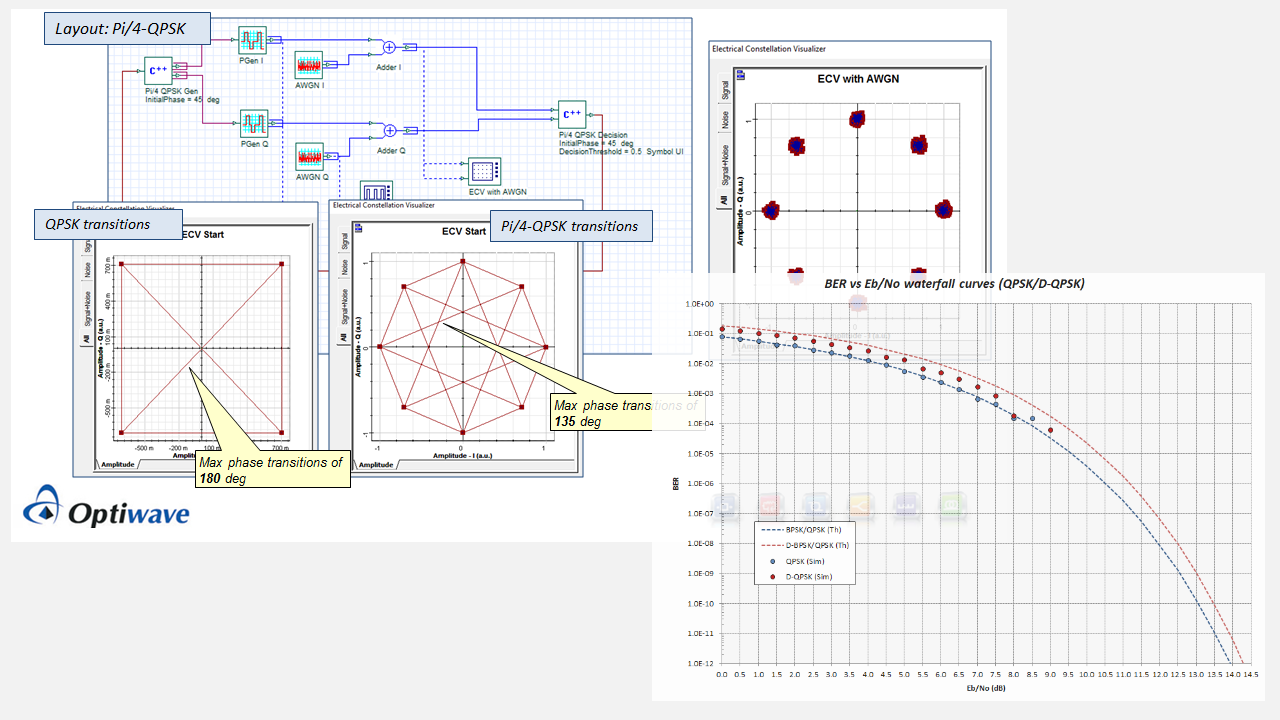Digital modulation systems are used to transmit digital (quantized) information over a medium such as air or optical fiber. Transmission is achieved by mapping the information (baseband) channel onto an analog carrier channel, propagating over the medium, and then recovering the baseband channel at the receiver1. Several techniques can be used to carry the information channel and involve changing the characteristics of its analog carrier (periodic) signal.
Compatibility:


